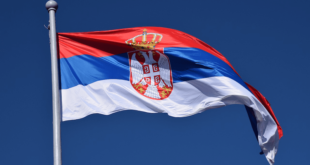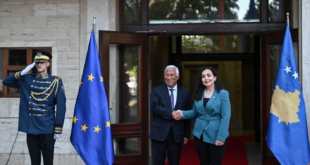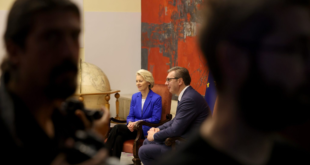Belgrade – More than a 1,000 visitors flocked to the opening of an exhibition in Belgrade dedicated to former Yugoslav leader Josip Broz Tito at the weekend in a sign that fascination with the former communist is still alive nearly 30 years after his death.
The Belgrade Museum of the History of Yugoslavia unveiled the show, called the “Tito Effect” on Saturday, and attracted more than 1,000 visitors in the first two days.
The aim of the exhibition is to shed light on the way society functioned during the period of the former Yugoslavia, as well as on Tito’s charisma and how he came to symbolise the state, organizers said.
The exhibition consists of gifts given to Tito by citizens, peasants, and official institutions and associations.
The majority of the material – which includes relay batons, portraits, documents, weapons, and photographs – is exhibited for the first time since it was considered it has no artistic or commercial value.
The number of visitors in its opening weekend shows anostalgia for the old days “when everyone knew their place,” commentators said.
“I brought my grandson to the exhibition to explain him how we once lived better and safer. Children had a future, knew what they’ll do when they finish school. This is nice … I remember these relays. I used to hold baton on a local level, and was hoping I’ll find it here,” said 60-year old visitor Djuro Marek.
Tito was immensely popular during his lifetime, when he was generally viewed as the liberator of Yugoslavia. The entire country celebrated his birthday as the Day of Youth, with a relay passing through all major cities of the country. Participation in the Day of Youth relay was considered a great honour.
“The children are fascinated with batons, they have never seen anything like that. That was the time when you knew your place, when you had a job. This is an opportunity for us to remember how we used to live and for the young ones to see that,” said 38-year-old visitor Natasa Velimirovic.
Tito’s funeral in 1980 drew many world statesmen. After his death, ethnic divisions and conflicts grew, eventually erupting in the civil wars of the 1990s.
 Eurasia Press & News
Eurasia Press & News



